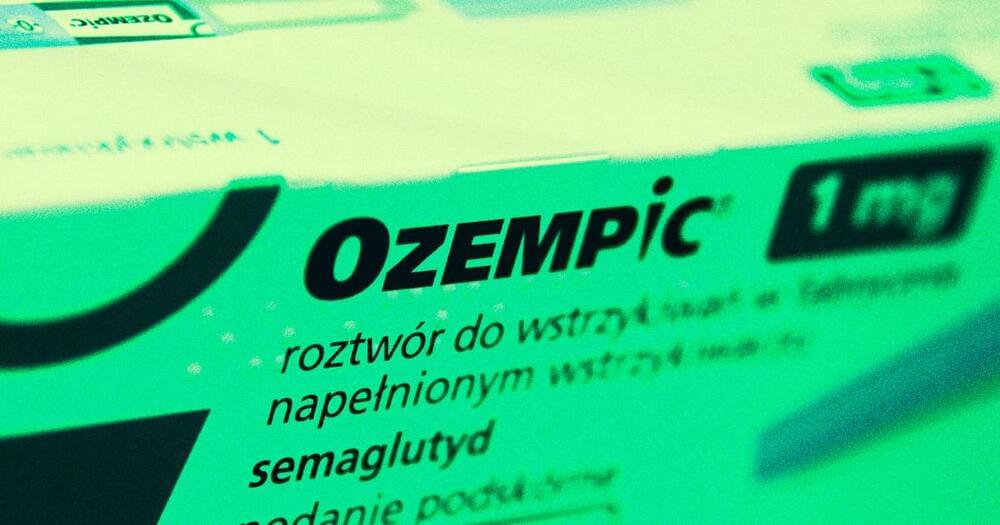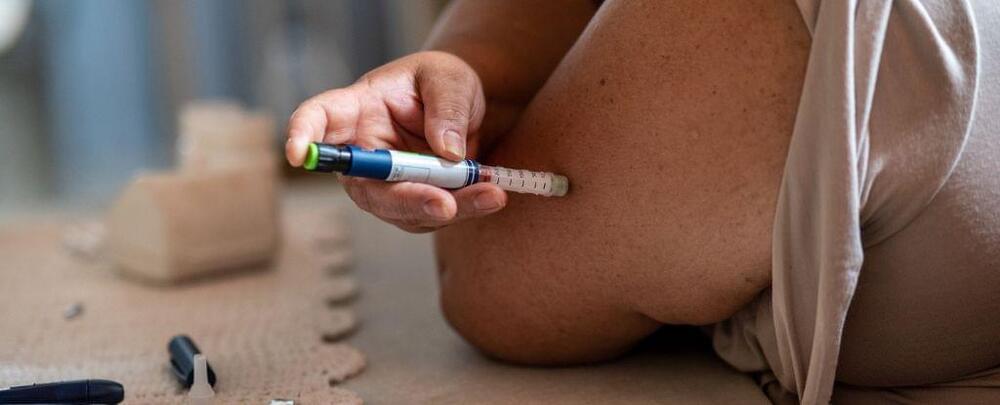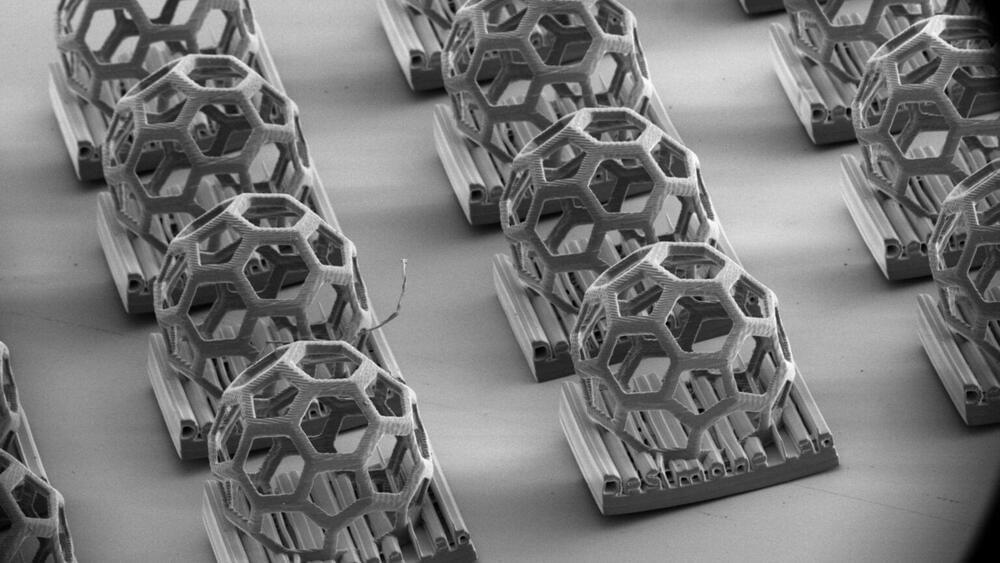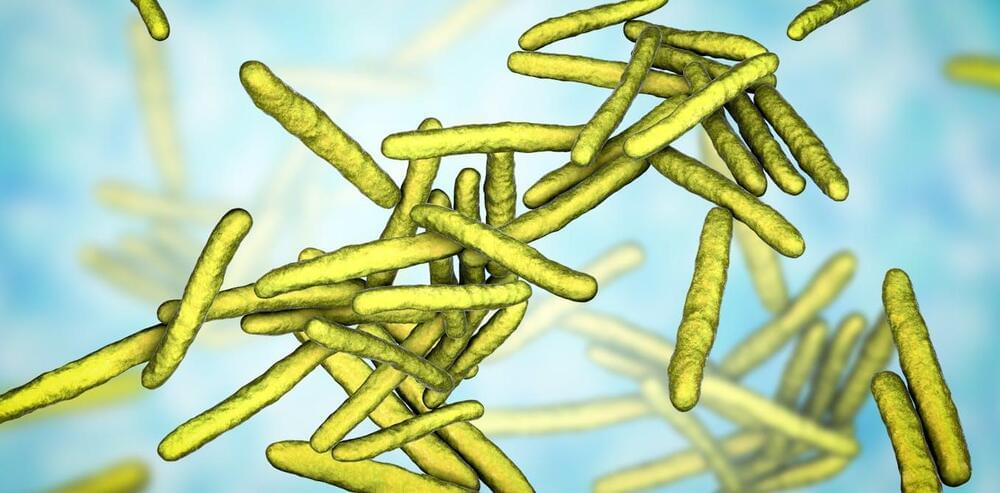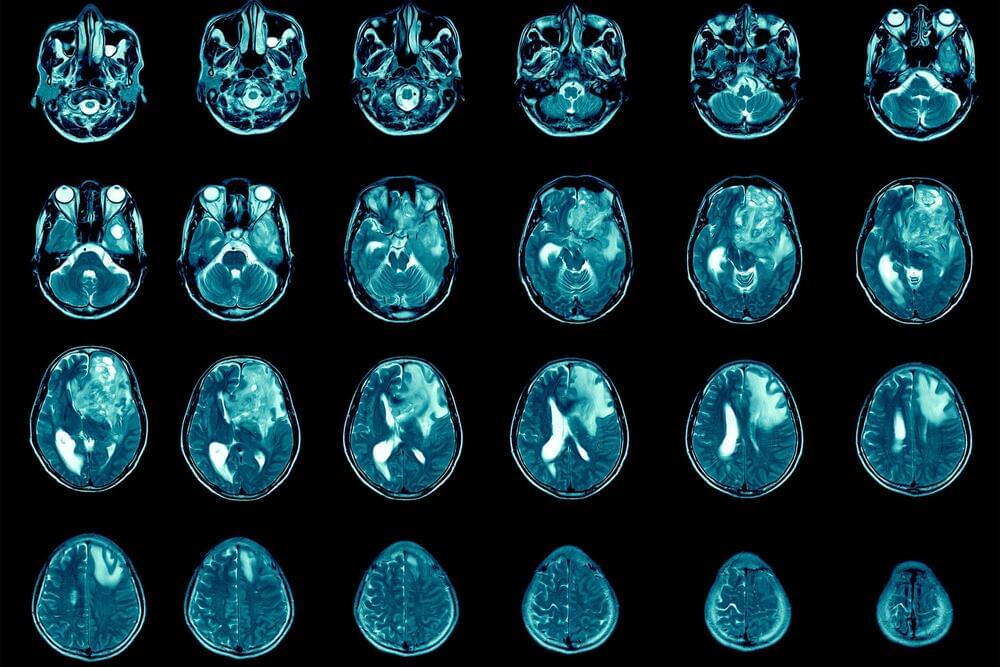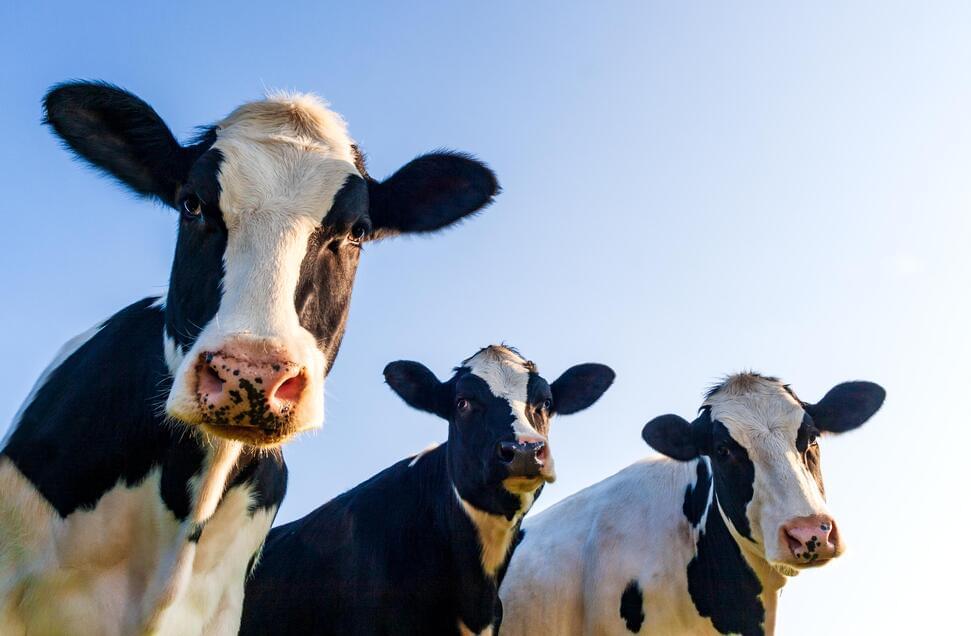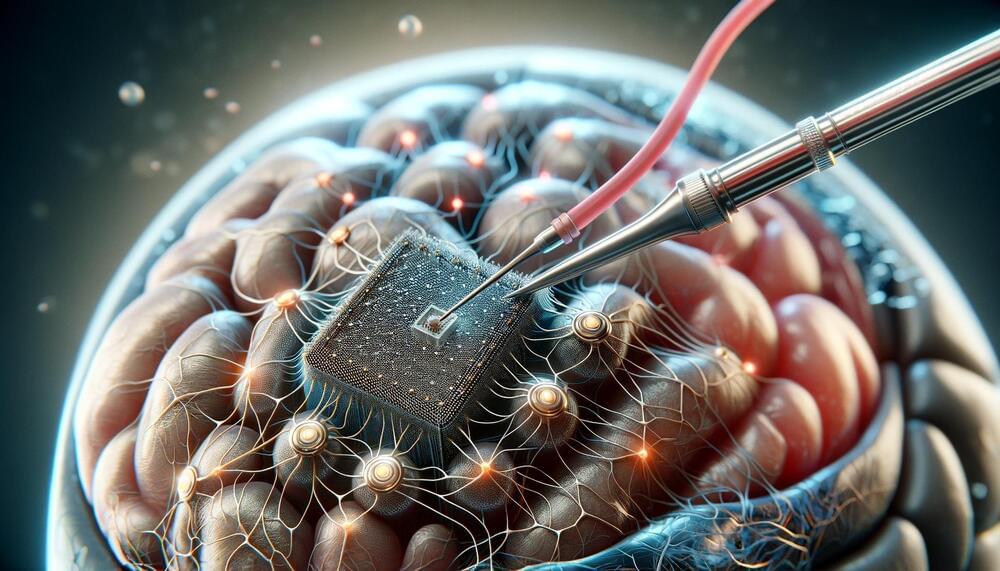Mar 15, 2024
Semaglutide Can Cut Diabetic Kidney Disease Progression
Posted by Kelvin Dafiaghor in category: biotech/medical
The blockbuster weight loss drug semaglutide can cut the progression of diabetic kidney disease, according to its manufacturer Novo Nordisk, adding to growing evidence that the medication has beneficial effects beyond treating Type 2 Diabetes and obesity.
Semaglutide — which is marketed under the name Ozempic for diabetes treatment and Wegovy for weight loss — managed to also reduce death from kidney disease and cardiovascular issues by 24 percent versus a placebo.
The results came from a Novo Nordisk clinical trial that had 3,533 participants with both diabetes and chronic kidney disease. High blood sugar from diabetes can damage kidneys and ultimately lead to chronic kidney disease, in which the organ has trouble filtering toxins from the blood.
